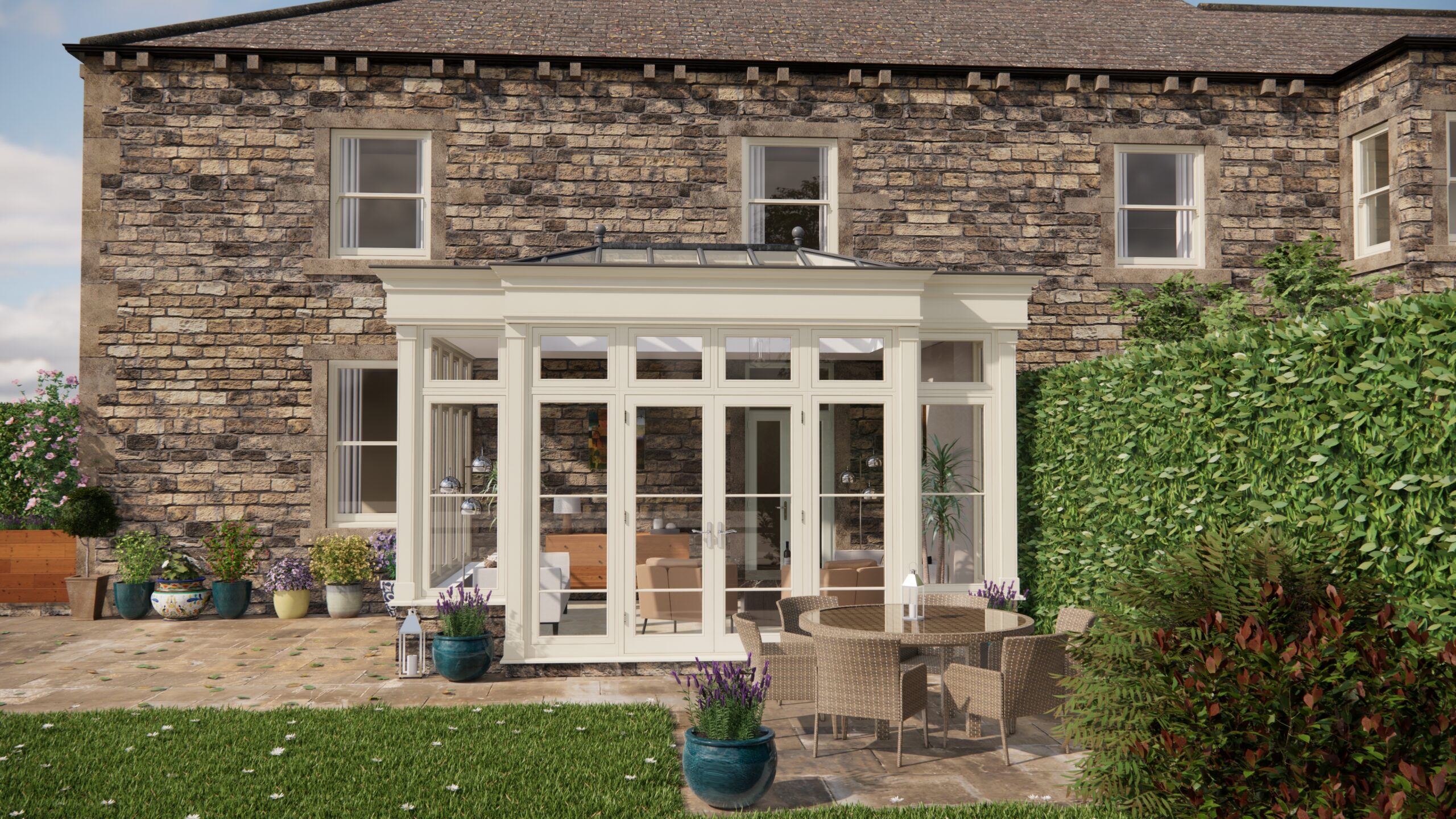Hello everyone! I recently dove headfirst into exploring how colour and texture can transform our homes into havens of calm. The mission? To create DIY stress-relief zones without breaking the bank. Wellness, home space optimisation, yoga, relaxation – these were my guiding stars. And let me tell you, it’s been an enlightening journey!
My starting point was articles about wellness and making the best use of my home space for exercising and relaxation. I’ve always been intrigued by how pastimes such as yoga can be carried out at home for all ages and how the home space can benefit this type of activity. One thing that fascinated me was the impact of an orangery: its natural light and connection to the outdoors just seemed to enhance the whole relaxation experience. So, how could I replicate that feeling throughout my home, regardless of having the actual orangery?
First, let’s talk colour. We’re not just talking about aesthetics here; we’re talking about psychology! I discovered that colours have a profound effect on our mood. Harsh, bright shades can be stimulating, which isn’t what we want for relaxation. My research led me to embrace a palette of soft, muted tones. Think calming blues, gentle greens, and warm, earthy neutrals.
Project 1: Bedroom Bliss with Blue
I started with my bedroom. The existing beige was fine, but far from inspiring calm. I opted for a pale, almost ethereal blue paint. Before diving in, I meticulously prepped the walls. This involved filling any holes, sanding down imperfections, and applying a primer. Believe me, that prep work is crucial for a smooth, professional-looking finish. I applied two coats of the blue, letting each dry completely. The transformation was remarkable! The room instantly felt lighter, airier, and infinitely more peaceful. It wasn’t just a fresh coat of paint; it felt like a fresh start for my sleep routine!
Next up: texture. Texture adds depth and interest, making a space feel more inviting and tactile. Forget sterile, minimalist environments! We’re aiming for cosy and comforting.
Project 2: Textured Wall Art on a Budget
I wanted to create a statement piece for my living room that would add visual interest without costing a fortune. My answer? Textured wall art using materials I already had. I took an old canvas (you can buy inexpensive ones at craft stores), and using a palette knife, I applied a thick layer of textured paste. You can buy premade paste, but I made my own by mixing paint with joint compound. This allowed me to customize the colour and consistency. Once the paste was dry, I lightly sanded some areas to reveal the base paint, adding further dimension. It’s a super simple project, but the impact is huge. It adds a unique, artisanal touch to the room, and the texture is just begging to be touched.
Now, let’s consider furniture. Reupholstering can seem daunting, but it’s surprisingly manageable, even for a beginner. And the payoff? A custom piece that perfectly complements your stress-relief zone.
Project 3: Reupholstering an Old Armchair
I had an old armchair that was structurally sound but had seen better days aesthetically. The fabric was faded and worn, so I decided to give it a new lease on life. I chose a soft, tactile fabric in a neutral colour with a subtle weave. The key here is to take your time and carefully remove the old fabric, using it as a template for the new pieces. I used a staple gun to attach the new fabric, ensuring everything was taut and wrinkle-free. It took a few hours, but the result was well worth the effort. My tired armchair now looks brand new and perfectly fits the calming aesthetic of my living room.
Don’t underestimate the power of soft furnishings. Cushions, throws, and rugs can instantly transform a space. Choose natural materials like cotton, linen, and wool for a luxurious feel. I layered different textures – a chunky knit throw on my sofa, a soft wool rug underfoot, and cushions in various sizes and patterns. These small details make a big difference in creating a comfortable and inviting atmosphere.
Throughout my projects, I was keen to incorporate how orangeries can enhance yoga and relaxation. Bringing elements of nature indoors, be it through plants, natural light, or earthy tones, can emulate the calming effect of an orangery, which has further added to the relaxing zone I’ve made in my own home.
The overarching sentiment of each project was to create an environment that truly supports relaxation and well-being. Colour, when used wisely, has the power to soothe and calm. Texture, when incorporated thoughtfully, can add depth and interest, making a space feel more inviting. By combining these elements, you can transform any room into a personal sanctuary, promoting peace, tranquility, and a much-needed escape from the stresses of daily life.


